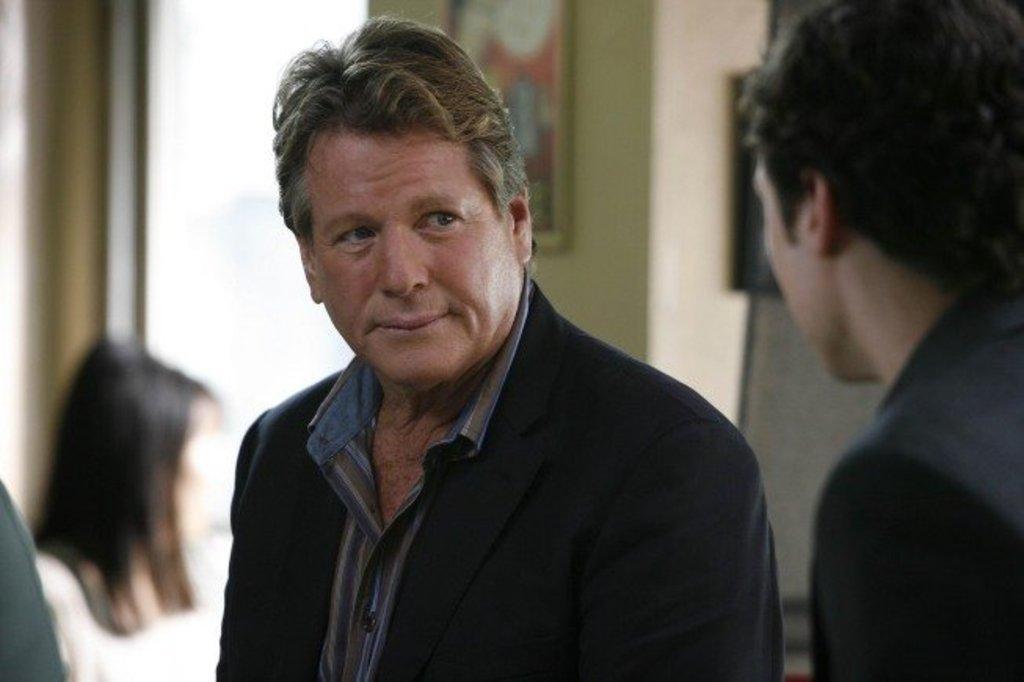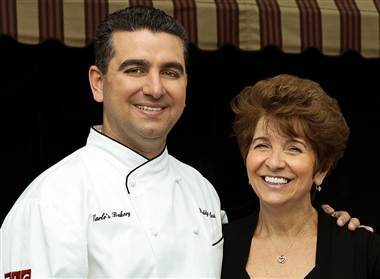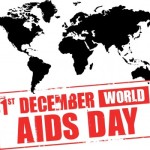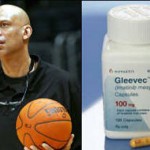Ryan O’Neal Diagnosed with Prostate Cancer-UPDATED

As if Ryan O’Neal didn’t have enough drama in his life!
He has been trying to repair his rocky relationship with daughter Tatum O’Neal (all captured on film in the OWN network reality show Ryan and Tatum: The O’Neals). His son, Redmond (with the late actress Farrah Fawcett) was arrested in August for a traffic violation and heroin possession.
And now the 70-year-old Love Story actor has a new battle ahead- fighting prostate cancer!
A representative of O’Neal told People magazine:
Recently I was diagnosed with stage 4 prostate cancer. Although I was shocked and stunned by the news, I feel fortunate that it was detected early and according to my extraordinary team of doctors the prognosis is positive for a full recovery.
I am deeply grateful for the support of my friends and family during this time, and I urge everyone to get regular check-ups, as early detection is the best defense against this horrible disease that has afflicted so many.
This is not O’Neal’s first battle with cancer. In 2001, O’Neal was diagnosed with chronic myelogenous leukemia. He received the “Magic Bullet” Gleevec, which helped him overcome the disease.
And of course, he helped his longtime love Farrah Fawcett with her valiant battle with anal cancer. Fawcett died in July 2009.
What is the Prostate?
The prostate is a walnut-sized gland between the rectum and anus of men. It’s function is to add fluid to support and nourish sperm in semen. The urethra, the tube through which urine flows out of the body passes through the prostate.
Prostate cancer is the number one cause of cancer (other than skin cancer) in American men.
According to the American Cancer Society, about 1 man in 6 will be diagnosed with prostate cancer during his lifetime, but only 1 man in 35 will die of it. The incidence increases with age, and it is estimated that up to 80% of men may have prostate cancer by age 80, although many are asymptomatic and are more likely to die of another cause.
The vast majority of prostate cancers develop from the prostate gland cells, and is called adenocarcinoma. Most cases have no symptoms at first, but later on symptoms may include:
- A need to urinate frequently, especially at night
- Difficulty starting urination or holding back urine
- Weak or interrupted flow of urine
- Painful or burning urination
- Difficulty in having an erection
- Painful ejaculation
- Blood in urine or semen
- Frequent pain or stiffness in the lower back, hips, or upper thighs.
It should be noted that these symptoms are not specific to prostate cancer and could also be due to other conditions. The most common is called benign prostatic hyperplasia (BPH), a condition where the prostate gland enlarges, but no cancer cells are present.
What is Stage 4 Prostate Cancer?
According to the National Cancer Institute, in Stage 4 cancer, the tumor may have invaded the bladder, rectum, or nearby structures (beyond the seminal vesicles). It may have spread to the lymph nodes, bones, or to other parts of the body.
Different types of treatment are available for patients with prostate cancer. Some treatments are standard (the currently used treatment), and some are being tested in clinical trials. A treatment clinical trial is a research study meant to help improve current treatments or obtain information on new treatments for patients with cancer.
- Six types of standard treatment are used:
- Watchful waiting or active surveillance- Watchful waiting is closely monitoring a patient’s condition without giving any treatment until symptoms appear or change. Active surveillance is closely following a patient’s condition without giving any treatment unless there are changes in test results.
- Surgery
- Radiation therapy
- Hormone therapy
- Chemotherapy
- Biologic therapy- a treatment that uses the patient’s immune system to fight cancer.
UPDATE: April 17, 2012
Ryan O’Neal has amended his initial announcement about his prostate. He has been diagnosed with Stage 2 prostate cancer, not Stage 4 as he originally stated.
According to the National Cancer Institute, in Stage 2, the tumor is more advanced or a higher grade than Stage I, but the tumor doesn’t extend beyond the prostate. It may be felt during a digital rectal exam, or it may be seen on a sonogram.
This makes a lot more sense to me. I was wondering why he was saying that it was caught early, if it was indeed a Stage 4. Stage 4 implies that the tumor has been around longer, so it has had time to spread.
The prognosis is much better for Stage 2 prostate cancer:



























0 comments